Chapter 4 Product Sourcing and Supplier Integration
Learn the best practices for sourcing products and integrating suppliers. Understand how to vet suppliers and ensure seamless product fulfillment in your store.
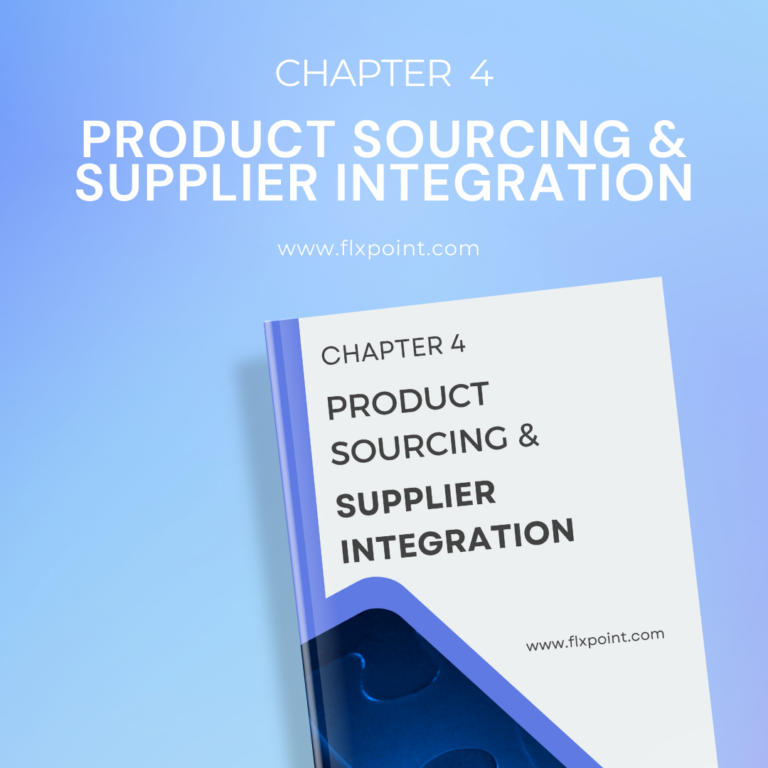
Introduction
Without product sourcing, your dropshipping business will not be successful. Once you identify and partner with reliable suppliers, you ensure that you get consistent product quality, timely deliveries, and customer satisfaction. It is crucial to have a dependable supplier in this competitive market. This is so you can maintain the brand reputation and profitability.
Flxpoint simplifies supplier integration by automating the process through EDI and API integration. This not only streamlines communication but also ensures real-time inventory updates and product data synchronization. By leveraging Flxpoint’s supplier automation capabilities, businesses can seamlessly connect with multiple suppliers, reducing manual errors and improving operational efficiency.
This chapter will give us key strategies for finding reliable suppliers and integrating them using the advanced tools provided by Flxpoint. These practices will enhance your dropshipping operations. When you understand and apply these principles then it will help you build a strong supplier network. It will ensure your business runs smoothly and efficiently.
How to Find Reliable Suppliers
The right suppliers will ensure that your products are delivered on time maintaining the high quality, and consistent service. In this section, we’ll explore how to identify trustworthy suppliers, evaluate their reliability, and use Flxpoint’s EDI and API capabilities to seamlessly integrate them into your business.
Identifying Trustworthy Suppliers
- Research Thoroughly – Begin by researching potential suppliers extensively. Look for suppliers with positive reviews, a solid reputation, and a proven track record in your niche. Online marketplaces, industry forums, and supplier directories are good starting points.
- Request Samples – Always request product samples before committing to a supplier. This allows you to assess the quality of their products firsthand, ensuring they meet your standards before you offer them to your customers.
- Check Certifications – Verify that your suppliers have the necessary certifications and comply with industry standards. This is particularly important for products that require specific safety or quality certifications.
- Evaluate Communication – Reliable suppliers should have clear and prompt communication. A supplier that responds quickly and provides detailed answers to your inquiries is more likely to be dependable in the long run.
Evaluating Supplier Reliability
- Delivery Times – Assess the supplier’s ability to deliver products within the agreed timeframe. Delays in shipping can lead to dissatisfied customers and negative reviews.
- Product Quality – Consistently high product quality is essential for maintaining customer satisfaction and minimizing returns. Ensure the supplier can meet quality standards consistently.
- Customer Service – A supplier’s customer service is a reflection of how they will handle any issues that arise. Reliable suppliers should offer excellent customer service, be responsive to inquiries, and resolve problems quickly.
- Pricing and Payment Terms – Consider the supplier’s pricing structure and payment terms. Competitive pricing and flexible payment options can improve your profit margins.
Using Flxpoint’s EDI And API Capabilities For Supplier Integration
- Automated Supplier Integration – Flxpoint simplifies supplier integration through EDI and API integration, allowing you to automate the process of connecting with multiple suppliers. This reduces the time and effort required to manage supplier relationships.
- Real-Time Data Synchronization – With Flxpoint, you can automate product data synchronization, ensuring that your inventory levels, product details, and pricing are always up-to-date across your supplier network.
- Improved Efficiency – Flxpoint’s EDI and API capabilities streamline supplier communication, reducing errors and improving order processing times. This leads to a more efficient dropshipping operation with fewer disruptions.
Integrating Suppliers Seamlessly with Flxpoint
Flxpoint offers robust tools like EDI (Electronic Data Interchange) and API integration that streamline this process, ensuring that your supplier network is connected efficiently and effectively. By leveraging these tools, businesses can automate various aspects of product sourcing and supplier management, minimizing errors and improving operational efficiency.
Introduction to Flxpoint’s EDI and API Integration
What is EDI?
EDI (Electronic Data Interchange) is a standardized method for exchanging business information between companies electronically. In the context of product sourcing, EDI allows for the automated exchange of data such as purchase orders, invoices, and shipping information between your business and suppliers. This ensures that all parties are on the same page, reducing the chances of miscommunication.
What is API Integration?
API (Application Programming Interface) integration is a set of protocols and tools that allow different software applications to communicate with each other. In supplier integration, API allows your ecommerce platform to connect directly with your suppliers’ systems. This real-time communication enables instant updates on inventory levels, order statuses, and product information.
How EDI and API Work Within Flxpoint
Flxpoint uses both EDI and API integration to streamline supplier interactions in which EDI handles the bulk exchange of data, while API integration allows for real-time updates and more detailed control. Together, these tools enable seamless supplier management, reducing manual intervention and ensuring that your operations run smoothly.
Steps to Integrate Suppliers Using Flxpoint’s EDI and API
- Setup Your Flxpoint Account – Begin by setting up your Flxpoint account. This involves configuring your dashboard, connecting your ecommerce platform, and defining your business needs.
- Identify and Connect with Suppliers – Use Flxpoint’s directory to identify potential suppliers. Once chosen, establish connections using EDI for bulk data exchanges or API for real-time integration.
- Configure EDI and API Settings – Navigate to the integration settings in Flxpoint. Here, you can input the necessary credentials and configure your EDI and API protocols to match your suppliers’ systems.
- Test the Integration – Before going live, test the EDI and API integrations. This ensures that data flows correctly between your system and your suppliers. Flxpoint provides testing tools to simulate transactions and identify any issues.
- Monitor and Optimize – Once the integration is live, regularly monitor the system for any discrepancies. Flxpoint offers analytics and reporting tools to help you optimize supplier interactions, ensuring the integration continues to run smoothly.
Automating Product Data Synchronization and Inventory Updates
By automating data synchronization and inventory updates, you can ensure smooth operations and maintain a competitive edge in the dropshipping market. Flxpoint, with its powerful EDI and API integration capabilities, provides an effective solution to streamline these processes.
How Flxpoint Automates Data Synchronization
Flxpoint automates the synchronization of product data between your store and your supplier network, ensuring that all product information is accurate and up-to-date. Through its robust EDI and API integration, Flxpoint pulls real-time product data from your suppliers, including details like product descriptions, prices, and availability. This automation eliminates the need for manual updates, which can be time-consuming and prone to errors. With Flxpoint, any changes made by your suppliers—such as updates in product pricing or availability—are automatically reflected in your store. This seamless data synchronization helps maintain consistency and accuracy across all sales channels, allowing you to focus more on growing your business rather than managing data discrepancies.
Inventory Updates and Management with Flxpoint
Flxpoint also excels in automating inventory updates, a critical component of managing a successful dropshipping business. Inventory levels are automatically synced across all suppliers in your network, reducing the risk of stockouts and over-ordering. When a product’s stock level changes, Flxpoint immediately updates the inventory count on your store, reflecting real-time availability. This feature is particularly beneficial when working with multiple suppliers, as it helps avoid common issues like selling out-of-stock items or overcommitting orders. By keeping inventory data current and accurate, Flxpoint helps you maintain a reliable and efficient supply chain, improving customer satisfaction and reducing operational costs.
Benefits of Automation in Dropshipping
- Efficiency and Time Savings – Automating data synchronization and inventory updates allows you to manage your dropshipping business more efficiently, freeing up time for other strategic activities.
- Reduced Errors – Automation minimizes human errors, such as incorrect product information or inventory discrepancies, ensuring that your store always reflects accurate data.
- Scalability – Automation supports business growth by allowing you to manage a larger supplier network without the need for extensive manual oversight.
- Improved Customer Satisfaction – Accurate product and inventory data lead to better customer experiences, reducing the likelihood of order cancellations and returns due to stock issues.
Managing and Diversifying Supplier Sources
In product sourcing, relying on a single supplier can pose significant risks to your dropshipping business. If that supplier experiences delays, stock shortages, or quality issues, your entire operation can be disrupted. Diversifying your supplier network is essential to mitigate these risks. By having multiple suppliers, you can ensure that if one supplier encounters problems, others can step in to fulfill orders.
This strategy not only enhances business stability but also allows you to negotiate better terms and pricing, as you are not solely dependent on one supplier. Diversification also enables you to offer a broader range of products, catering to different customer needs and preferences. If you want to maintain consistent service and meet customer expectations then having a diversified supplier base is the key to success in this competitive market.
Strategies for Managing Multiple Suppliers
- Regular Communication – Keep open lines of communication with all your suppliers. Regular updates and check-ins help prevent misunderstandings and ensure smooth operations.
- Centralized Data Management – Use a centralized system, like Flxpoint, to manage supplier information, order tracking, and inventory updates. This reduces errors and keeps everything organized.
- Quality Control – Establish clear quality standards and conduct regular checks to ensure all suppliers meet your expectations.
- Backup Suppliers – Always have backup suppliers in place for key products. This helps avoid disruptions if one supplier cannot fulfill an order.
- Flexible Payment Terms – Negotiate payment terms that align with your cash flow needs and encourage timely deliveries.
How Flxpoint Supports Supplier Diversification
- Automated Supplier Integration – Flxpoint’s EDI and API integration capabilities streamline the onboarding of new suppliers, making it easier to expand your supplier network without added complexity.
- Real-time Inventory Management – Flxpoint automates inventory updates across all suppliers, ensuring accurate stock levels and reducing the risk of overselling or stockouts.
- Centralized Supplier Management – With Flxpoint, you can manage all your suppliers from a single dashboard, simplifying communication and order processing.
- Flexible Supplier Routing – Flxpoint allows you to set rules for routing orders to different suppliers based on availability, location, or cost, optimizing your fulfillment process.
- Scalable Supplier Network – Flxpoint’s platform is designed to scale your business, supporting the addition of new suppliers as your product offerings expand.
Conclusion
Finding reliable suppliers and integrating them seamlessly into your operations can make a significant difference in efficiency and customer satisfaction. By utilizing Flxpoint’s EDI and API integration, you can automate and streamline your supplier network, ensuring accurate data synchronization and inventory updates. This supplier integration process reduces errors, saves time, and helps maintain strong relationships with your suppliers.
Finally, leveraging Flxpoint supplier automation tools can enhance your business’s scalability and reliability. I encourage you to explore Flxpoint’s features to optimize your supplier management and ensure a smooth product sourcing experience. With the right tools in place, your dropshipping business will be well-positioned for long-term success.
Guide Chapters
- Chapter 1: Introduction to Modern Dropshipping
- Chapter 2: Forming Your Dropship Business
- Chapter 3: What to Sell Online - How to Find the Right Products
- Chapter 4: Product Sourcing and Supplier Integration
- Chapter 5: Inventory Management for Dropshipping
- Chapter 6: Dropship Pricing Strategies
- Chapter 7: Fulfillment and Automation for Scaling
- Chapter 8: Hybrid Dropshipping - Combining Wholesale & Dropshipping
- Chapter 9: Avoiding Dropshipping Scams
- Chapter 10: Integration of Advanced Technologies - EDI & API
- Chapter 11: Leveraging Data for Better Decision Making
- Chapter 12: Automating Your Workflow for Maximum Efficiency
- Chapter 13: Managing Multi-Channel Sales and Integration
- Chapter 14: Expanding and Scaling Your Dropshipping Business
- Chapter 15: Troubleshooting Dropshipping Challenges with Advanced Tools
- Chapter 16: The Future of Dropshipping with Technology
All Chapters in This Guide
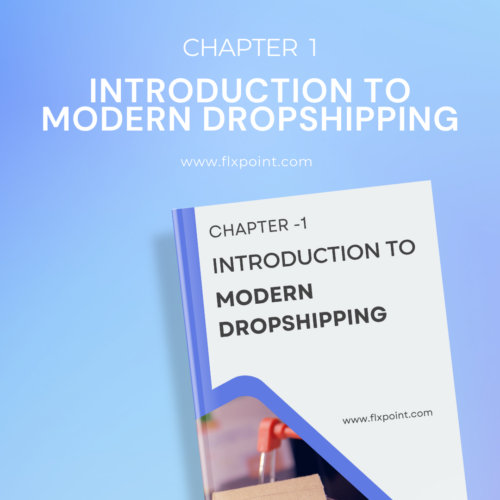
Unpack the evolution of dropshipping and why it’s still one of the most effective ecommerce models. Learn how the modern approach is different from outdated methods, what’s fueling its explosive growth, and what it takes to succeed in today’s competitive market.
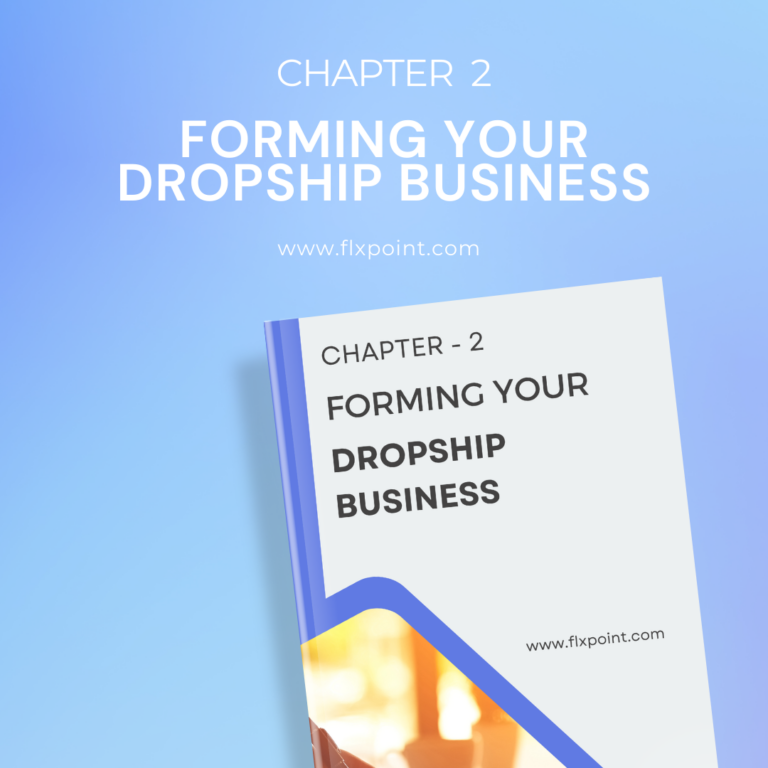
Get step-by-step guidance on building a strong foundation. From choosing your niche and validating your business idea to setting up your brand and making it legit—this chapter gives you the tools to confidently launch with clarity and purpose.
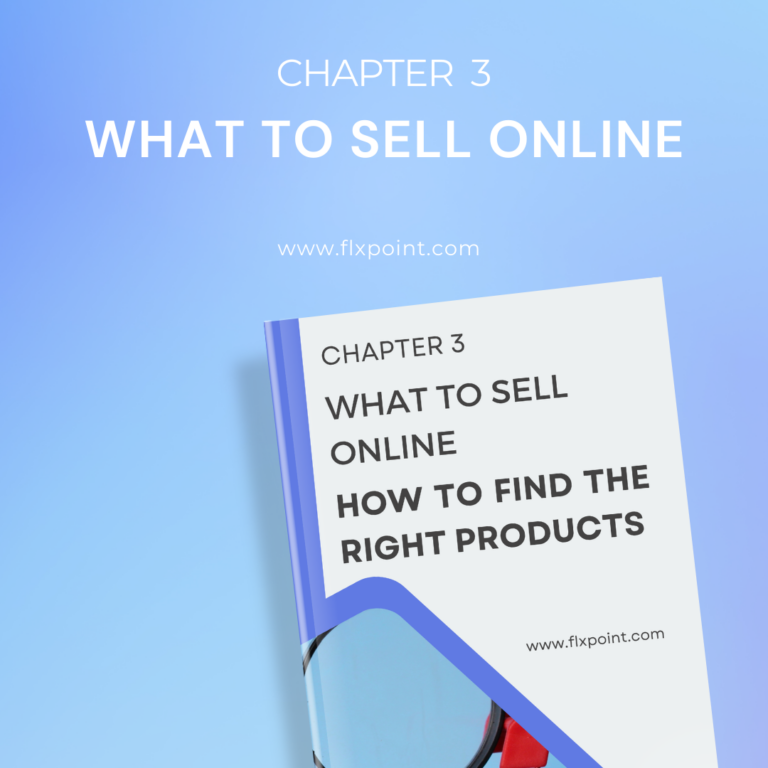
Struggling with product selection? Discover how to find winning products that sell. We cover techniques for identifying trends, analyzing competition, using supplier insights, and narrowing down product ideas that fit your niche and audience.
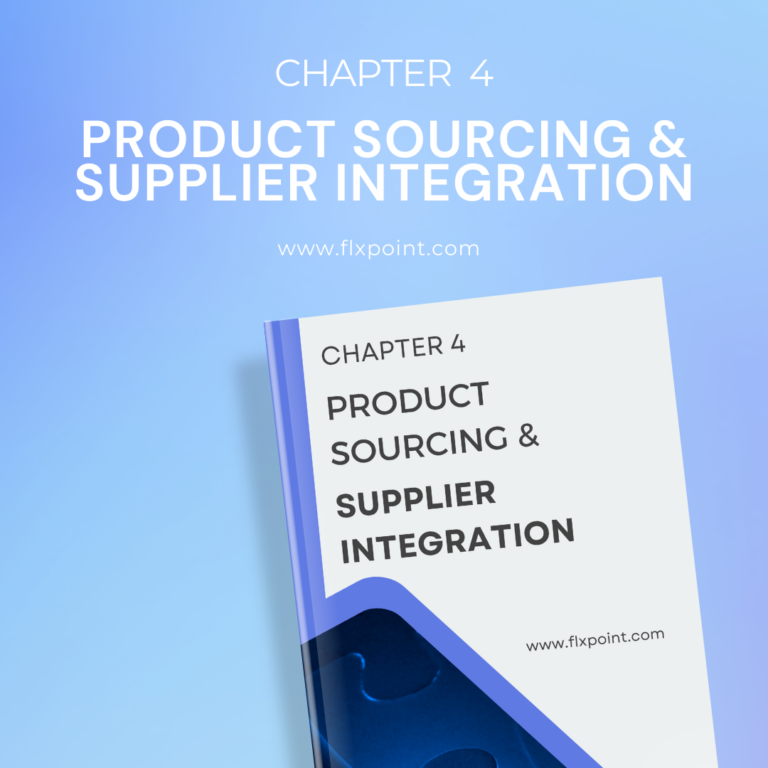
Not all suppliers are created equal. This chapter shows you how to source high-quality products and onboard suppliers the smart way. Learn how to vet vendors, avoid bad partnerships, and set up seamless integrations that keep your fulfillment running like clockwork.

Say goodbye to stockouts and overselling. Learn how to keep your inventory accurate and your customers happy with real-time updates, smart syncing, and automated stock management across all your channels and vendors.
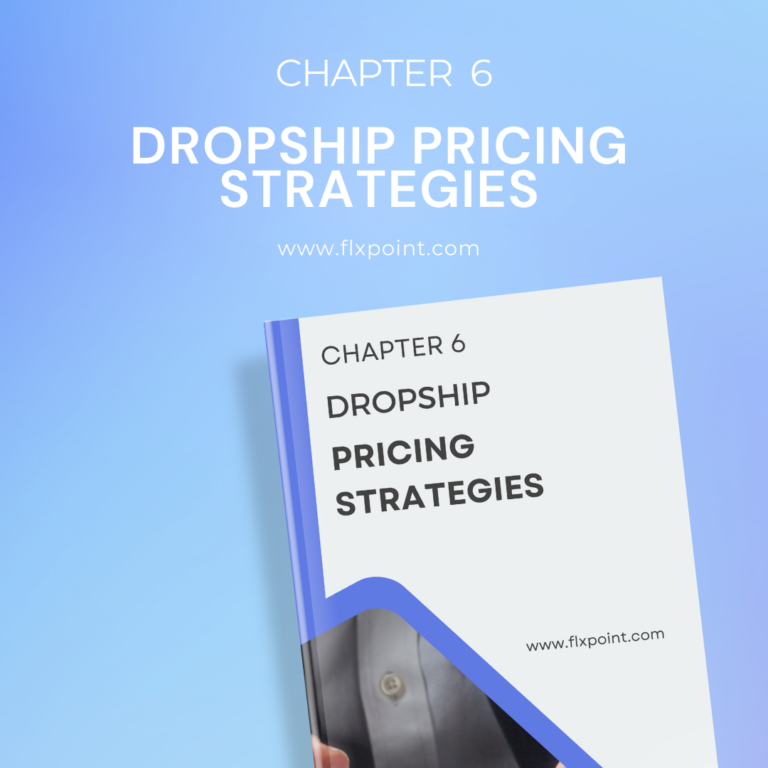
Pricing isn’t just numbers—it’s strategy. Dive into methods like cost-plus, value-based, and psychological pricing to find the sweet spot between profitability and competitiveness. You'll also learn how to handle MAP policies and dynamic pricing changes.

Manual processes holding you back? Discover how to automate your order routing, fulfillment, and vendor communication. Whether you’re dropshipping from a single source or juggling multiple suppliers, we’ll show you how to build a fulfillment engine that scales effortlessly.

The best of both worlds. Learn how to blend dropshipping with traditional wholesale to create a hybrid fulfillment model. Diversify your supply chain, increase margins, and reduce risk—all while maintaining flexibility and speed.
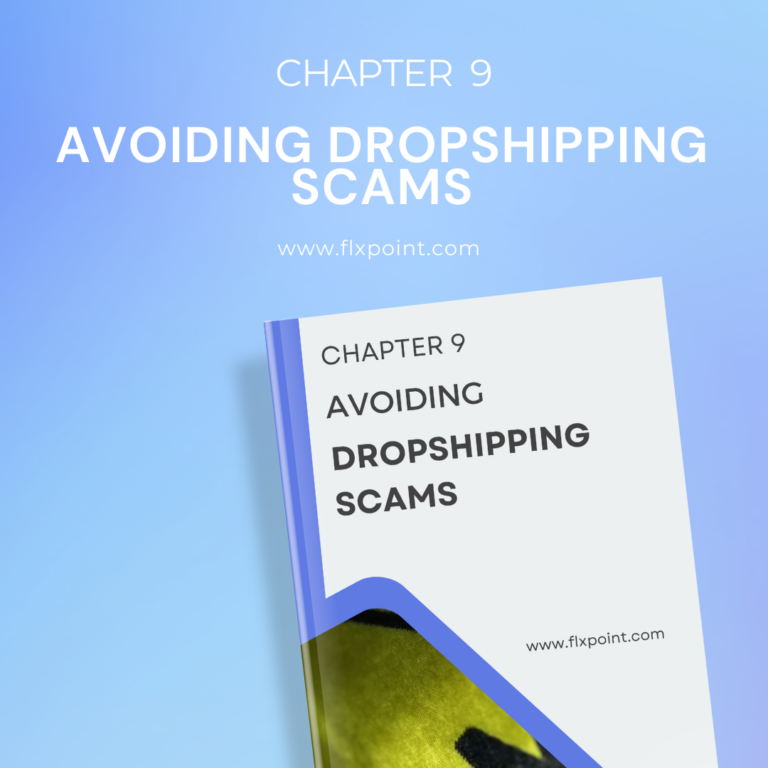
Protect your business (and your sanity). This chapter highlights red flags to watch for when sourcing suppliers, how to avoid fake vendors, and what to do if something seems off. Learn to build a trustworthy and secure supply chain from day one.

Tech made simple. Understand how using EDI and API integrations can automate communication with suppliers, speed up order processing, and reduce costly errors. Whether you're tech-savvy or not, this chapter makes complex systems feel doable.

Smart businesses run on data. Learn how to track key ecommerce metrics, monitor supplier performance, and analyze product performance to make confident, data-driven decisions that boost sales and efficiency.
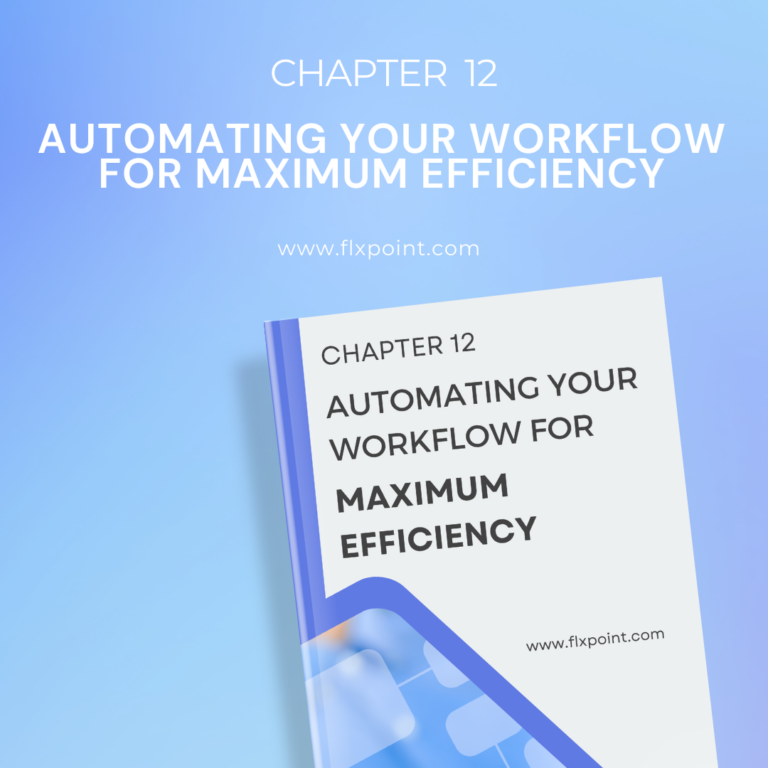
Unlock time-saving workflows that work while you sleep. This chapter breaks down how to automate inventory syncing, order routing, vendor communication, and customer updates to run your business like a well-oiled machine.
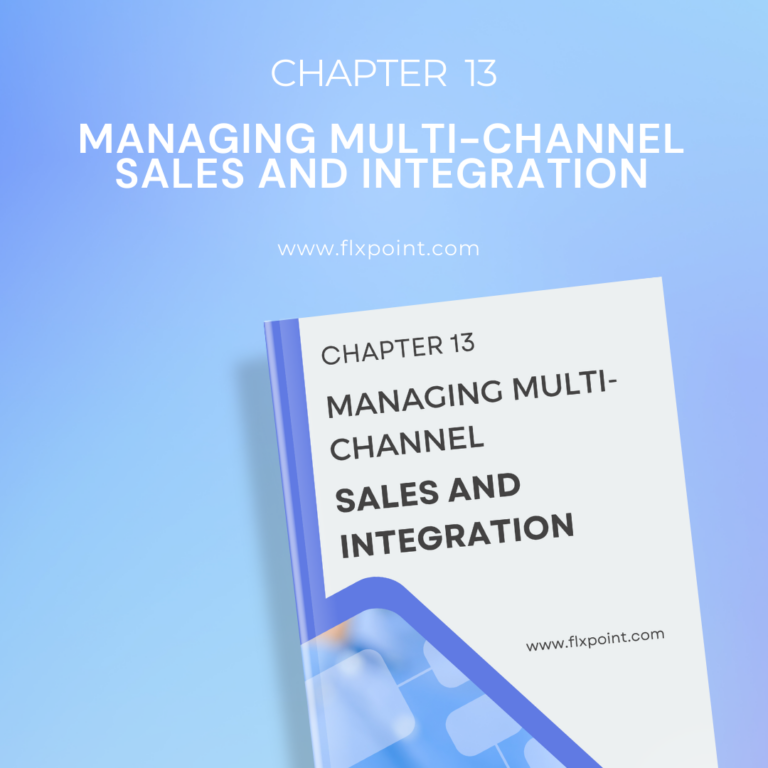
Ready to expand beyond one platform? Learn how to integrate and manage listings, inventory, and orders across multiple sales channels—like Shopify, BigCommerce, Amazon, Walmart, and more—without doubling your workload or making costly mistakes.

When it’s time to grow, this chapter shows you how. From onboarding new suppliers and expanding product lines to optimizing your tech stack and improving operations, get a roadmap for scaling sustainably and profitably.
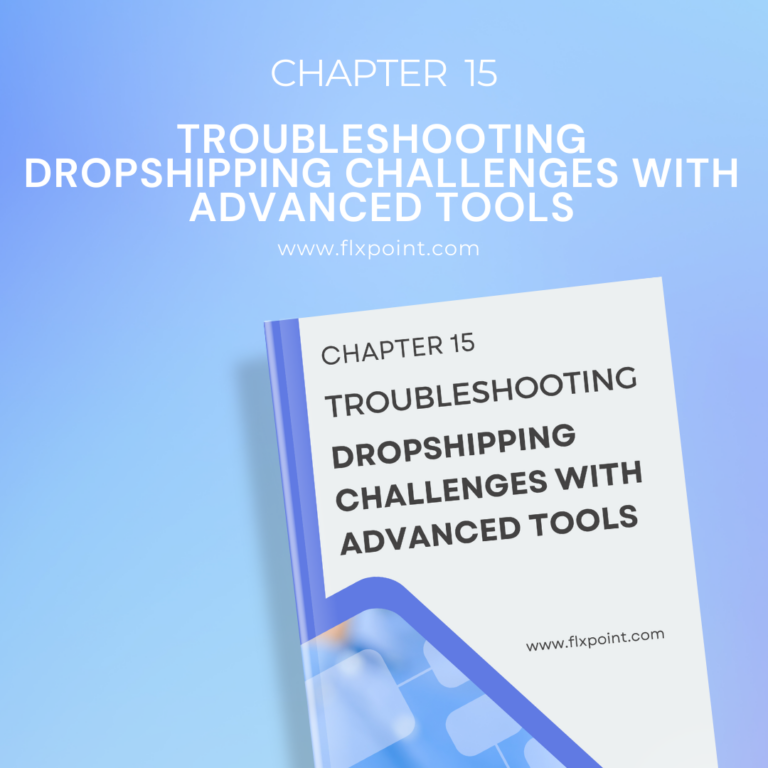
Every business runs into roadblocks—what matters is how you respond. Learn how to tackle issues like supplier delays, low inventory, and customer service hiccups using smart tools, real-time alerts, and proactive troubleshooting strategies.

What’s next for dropshipping? Explore emerging trends like AI-powered automation, predictive inventory, autonomous fulfillment, and more. Stay ahead of the curve and future-proof your business with the latest innovations.
Kenneth Cole's Smart Savings With Shopify EDI Connections
"They had never used Flxpoint before. But working with [the Flxpoint] team, they learned it and we're about to onboard our newest footwear partner, and you know that's big business for us.”
Mitul PatelKenneth Cole


How Flxpoint Helped Rifle Supply Automate & Grow
“I went line by line… whatever the inventory number was and cost value was, I calculated it and was blown away by how much that was worth— $300 million worth of product that I added to our web store.”
Chris MekdaraRifle Supply


The Ecommerce Automation Behind Screen Skinz
"Automation is the key to maximizing your volume. [Flxpoint] comes right into our flow — everything's automated. We want it to be quick and efficient. So that's what we love about Flxpoint."
Shaun Brown & Clay CanningScreenSkinz


How Inhaven Transformed Vendor Management with Flxpoint
"We ended up switching to Flxpoint, and it has been a much smoother process. Where it took us six months to get onboarded with the other company, we were up and running in a week or two with Flxpoint."
Ashley ChingInhaven


How Black Patch Performance Scaled Smarter with Flxpoint
"The only way to actually scale was to go through Flxpoint… You can’t even come close to hiring someone to do what Flxpoint does for the price."
Jonathan WilliamsBlack Patch Performance


